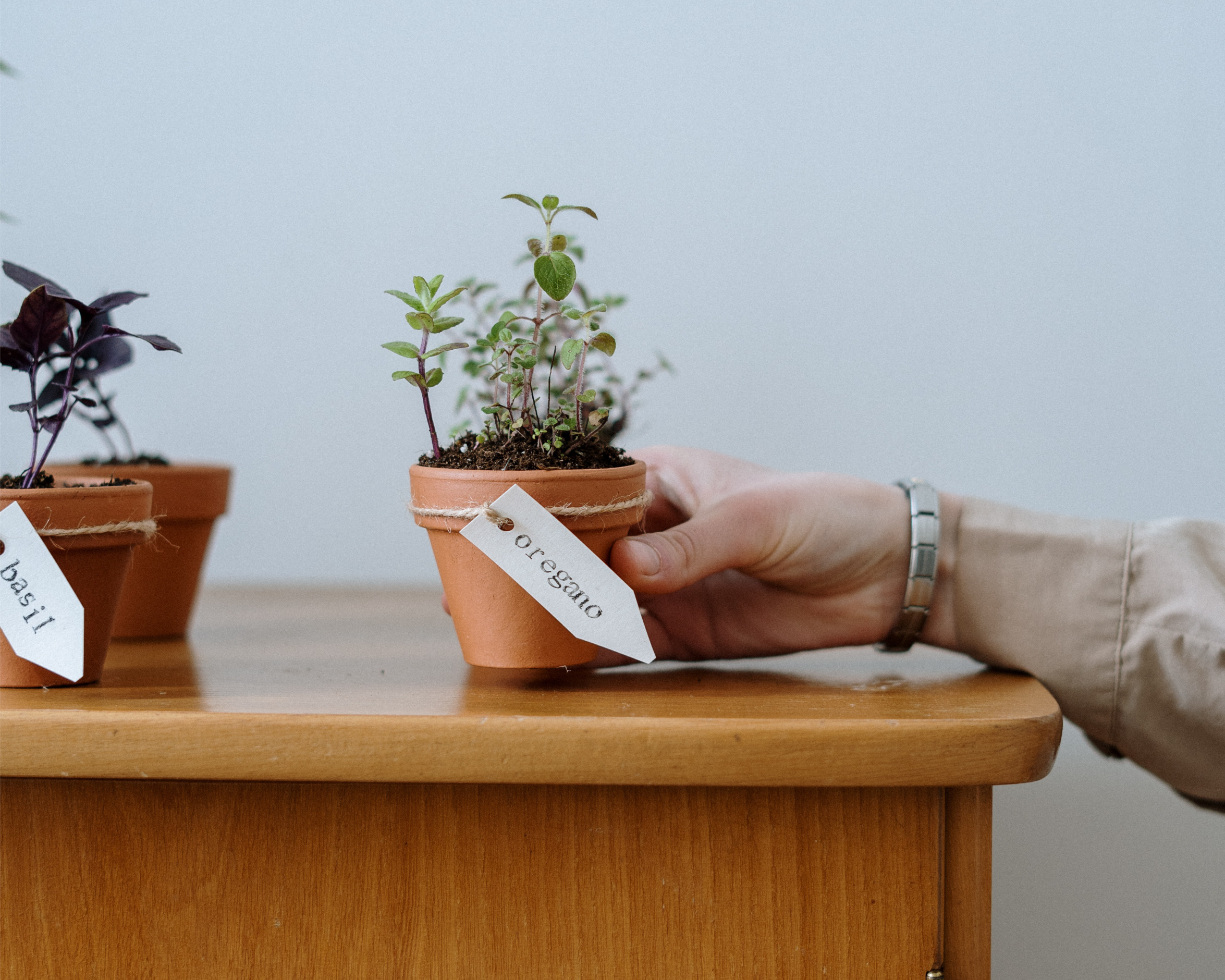Making environmentally conscious decisions is often perceived as unattainable or too expensive for the average Joe. But what if we told you that a simple mindset shift and a few smart (and money-saving) household changes could literally make living sustainably so much easier
Think sustainably
The biggest change you can make to lower your impact on the environment is your mindset. Instead of thinking, ‘What do I need to buy to be more sustainable?’, rather think ‘What can I reduce?’. This shift in consumerism focuses on paring down, so it doesn’t present a financial barrier to sustainable living. After all, living a more green lifestyle isn’t about splurging at the fancy organic grocer or going vegan. It is best achieved through a series of small, realistic changes and a better understanding of the impact you have on the environment.
Try this: Zone in on a sector of sustainability that you are particularly invested in. Are you an animal lover, ocean warrior or tree hugger? Now, research the environmental impact of simple, and even small, activities on that sector. Read blogs or watch YouTube videos or documentaries on the topic. You’re more likely to make better choices when you’re educated on the repercussions of that choice. Even a tiny and inexpensive change like investing in a glass straw or coffee cup because you are worried about the sea turtles can make a big difference. It also means that you’re equipped to educate others.
Eat sustainably
‘Roughly one–third of the food produced in the world for human consumption every year – approximately 1.3 billion tonnes – gets lost or wasted,’ according to the Food and Agriculture Organisation (FAO) of the United Nations. This amounts to major loss and waste of resources, including water, land, energy, labour and capital, as well as the needless production of greenhouse gas emissions, which contribute to global warming and climate change. There’s a common misconception that eating sustainably is expensive and high maintenance. This can be true in some cases, and especially if you’re shopping at specialty stores, but it’s just as easy to make better food choices and save money in the process.
Try this: Eat locally, in season and at home. The quickest way to rack up a carbon footprint fit for a giant is through regularly consuming mass-produced, unethical fast foods and buying produce that’s not in season or native to your area. While you may not be doing it intentionally, this kind of buying promotes inhumane meat and dairy farms, excessive production of packaging and wastefulness. Instead, make an effort to support local farmers, and buy fresh fruit and veg from markets and street vendors. This is often inexpensive and deliciously fresh and free of harmful pesticides. Also try to plan your meals in advance. This will ensure you shop only for what’s necessary, avoiding overspending, wastage and sneaky trips through the drive-through for lunch.
Clean sustainably
One would not imagine something used to make our home clean and safe for human habitation to be harmful to the environment, but the US Environmental Protection Agency names phosphorus, nitrogen, ammonia, and chemicals grouped under the term ‘Volatile Organic Compounds’ (VOCs) as the worst environmental hazards, most of which are found in everyday household cleaners. VOCs are prevalent in cleaning products that either whiten clothes, removes grease from dishes, or disinfect surfaces.
Try this: Infused vinegar is a highly effective and cheap alternative to traditional chemical cleaners, and white-wine vinegar is able to cut through dirt, soap scum and even grease, and helps neutralise nasty odours.
Words by Bianca Hartel
Photo by cottonbro: via Pexels







